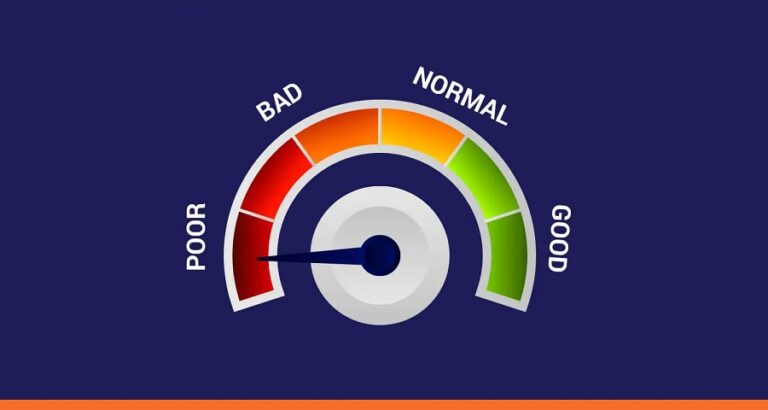E-commerce companies face the challenge of increasing efficiency and dealing with the complexities of remote work. Productivity screen monitoring is one of the advanced technologies that have become critical for productivity enhancement and improvement of business processes. This article will look at how screen monitoring enhances business success in six distinct ways for modern workplaces.
Visibility Drives Productivity
Maximizing productivity through screen monitoring is one of its most notable advantages. When employees know their screens are being monitored, they tend not to visit unnecessary social media pages or irrelevant sites. Knowing that there is scrutiny creates a proactive attitude with culture. This is particularly useful for e-commerce businesses where every second counts when processing orders or providing customer support.
Identifying Workflow Bottlenecks
Screen monitoring gives a glimpse into day-to-day activities, shedding light on inefficiencies that would otherwise go unnoticed. Managers, for instance, can understand how employees allocate their time, whether in doing manual activities or complex navigation of systems, and detect the slowing down processes. If a team member, for example, struggles with an old inventory system, then that knowledge allows leaders to resolve that issue proactively—perhaps through enhanced toolsets or training—so that operations can be as smooth as possible.
Strengthening Team Collaboration
Screen monitoring encourages communication, which is the foundation of every successful company. Managers appreciate the fact that they can monitor how often teams communicate through methods such as chat and project management tools. If a remote worker doesn’t interact with coworkers over these platforms, steps can be taken to make sure that person gets more involved. It makes sure that e-commerce teams, for instance, who are distributed geographically, stay in sync with objectives such as product or marketing campaign launches.
Improving Skill Development Through Training
Supervisors have the ability to monitor their new hires or employees who are adjusting to the changes in their roles by looking at their screen monitoring. This is especially useful when the employee is managing customer calls or updating products. As such, supervisors are able to measure how efficiently and effectively an employee is comprehending various processes. The training is much more effective since it can adapt to the specific challenges of the individual. At the end of the day, this contributes to having a more competent workforce that is prepared for the fast-paced environment of online retail.
How To Improve Resource Allocation
To properly allocate resources, it is helpful for businesses to know how their employees spend their time. Screen monitoring identifies activities that require too much time, which gives leaders the opportunity to outsource or automate the work. For instance, a large sum of time may be consumed by manually updating stock levels. The best screen monitoring software will automate such situations, thus enhancing efficiency within the organization. Armed with this information, managers can implement measures that position staff to engage in more effective and productive tasks, such as formulating marketing plans.
Fostering Responsibility Without Overcontrolling
One of the common beliefs surrounding screen monitoring is that it promotes an atmosphere of suspicion. Nonetheless, if done properly, it can help strengthen responsibility while still giving some degree of freedom. Workers understand what is expected of them, and managers can reduce manual supervision as they rely on data for decision-making. In an e-commerce environment, this approach is critical for self-driven employees as it enables them to work without feeling too much pressure.
Nurturing A Data-Based Ecosystem
Apart from direct operational gains, screen monitoring helps develop a data-driven culture in the business. The information collected, be it time utilization, task execution, or software engagement, helps leaders to continually improve their approaches. For example, some businesses may notice that certain times of the day yield higher productivity levels, which might influence their scheduling. The fast-moving nature of business requires that flexibility to remain competitive.
Facilitating Support For Remote and Hybrid Teams
The widespread adoption of remote and hybrid work models has made supervision almost impossible. Screen monitoring offers a certain level of visibility into off-site activities. Order processing or troubleshooting calls can occur in other parts of the world, yet managers can ensure the same level of service. Tools like Controlio enhance real-time employee screen tracking, which becomes crucial in e-commerce where customer service depends on many hands working together from different locations at all times.
Indirectly Enhancing Customer Service
Customer satisfaction is achieved indirectly by the internal workings of the business that screen monitoring seeks to improve. More efficient teams respond to issues, refresh product information, and answer questions in the shortest possible time. For instance, if managers monitor chat with customers and notice the team is slow in responding; something needs to be done, like workload redistribution. Happy customers then spend more money and leave more feedback, which is good for business.
Tackling Implementation Problems
There are problems that arise with screen monitoring. Employees may not be willing to accept it at first out of the fear that their privacy will be breached. To counter that, providing clarification is essential—state its function while stressing that the focus is on enhancing productivity instead of punishing. Getting the right tool also helps; features provided by Controlio are tailored for business use, and the platform is easy to use. With proper communication, the solution can be selected, and the resolved resistance can be met.
Evaluating Long-Term Impact
The impact of monitoring is slowly realized in screen observance. There is always an improvement with parameters like decrease of time needed to complete tasks, reduction of errors, or increase in the number of sales conversions. Reviewing these parameters regularly protects the system from stagnating. For e-commerce managers, this assessment fosters alignment between technology and growth goals, ensuring the technology remains a building block of success.
Summing up, monitoring screens is not just about keeping watch; it is about managing change. It encourages businesses to focus from securing data to enhancing business processes. In particular, e-commerce business owners can make adaptive use of these ideas while blending flexibility with rigidity. To remain competitive in the ever-changing digital world, workplaces and business strategies need to be synchronized with the need for productivity and effectiveness.









